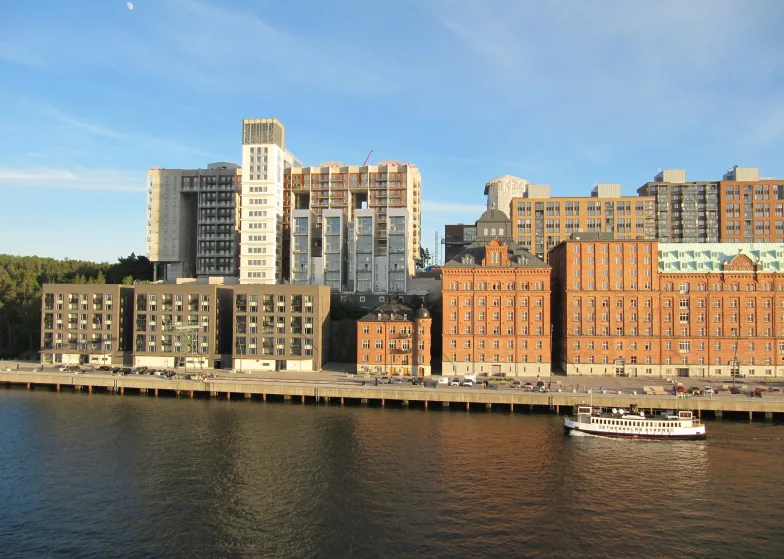
Replicators
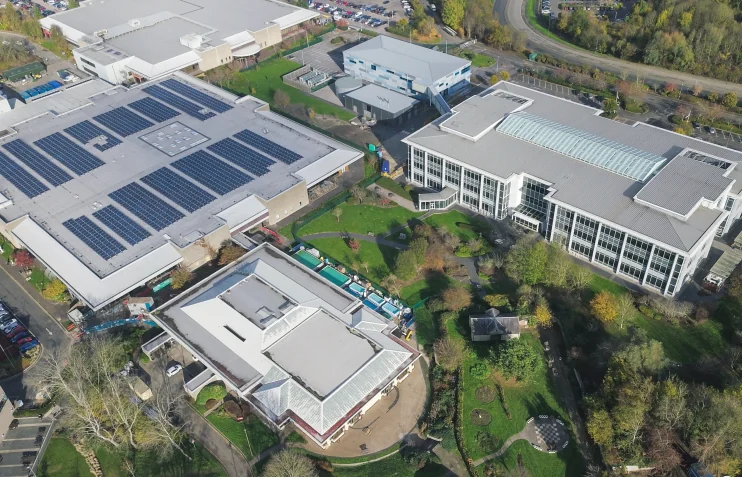
Four replicators across Europe
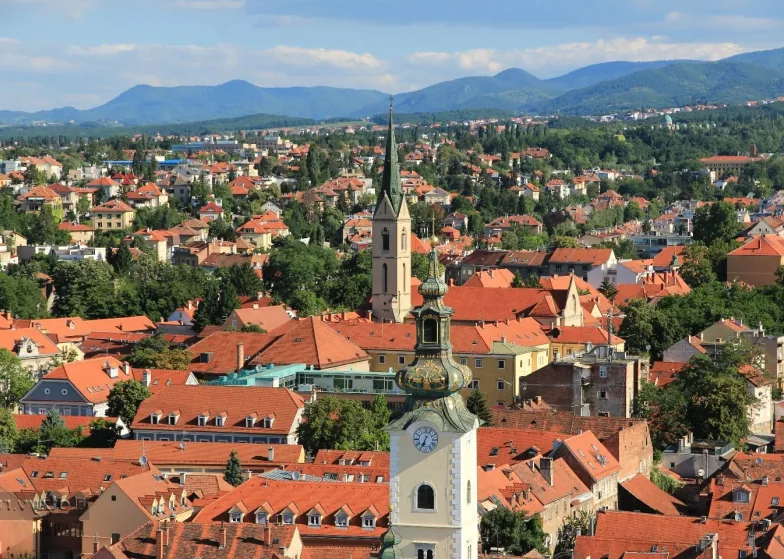
ZAGREB, CROATIA
Zagreb’s DHN decarbonisation efforts include exploring solar thermal, geothermal energy, heat pumps, and electric heaters. Seasonal energy storage is crucial for storing summer-generated energy for winter demand. USES4HEAT addresses these needs, with preliminary studies identifying potential sites for geothermal wells and solar thermal collectors near Zagreb’s DH system. Replication studies will optimise thermal storage to meet local decarbonisation targets efficiently.
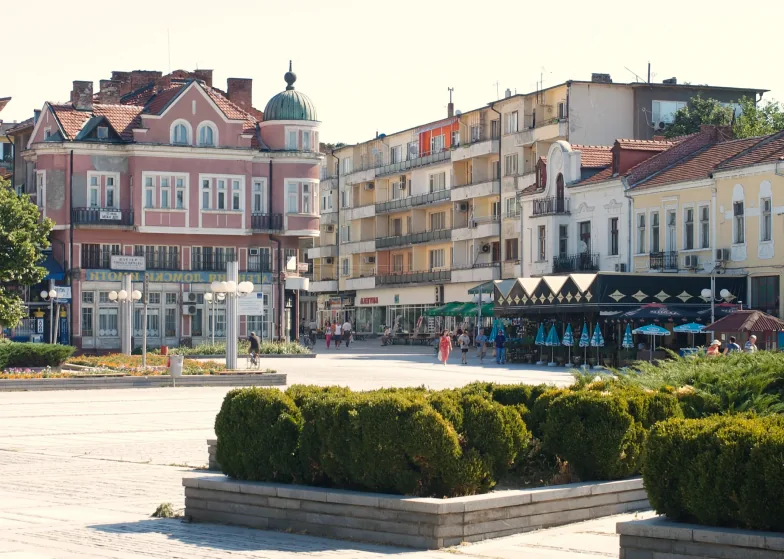
LOM, BULGARIA
At local AquaTonic farm, African catfish thrive at 26-28°C, powered by pellet boilers, solar collectors, and PV electricity. Daily, large amounts of water at 24°C are discharged during cleaning, wasting around 1600-1800 kW of energy. The ventilation system expels important quantities of air at 20-24°C. The replication of USES4HEAT explores technologies like TES, groundwater heat pump, solar thermal would allow to reclaim this wasted energy, reducing pellet usage and aligning the farm with EU’s sustainability objectives.
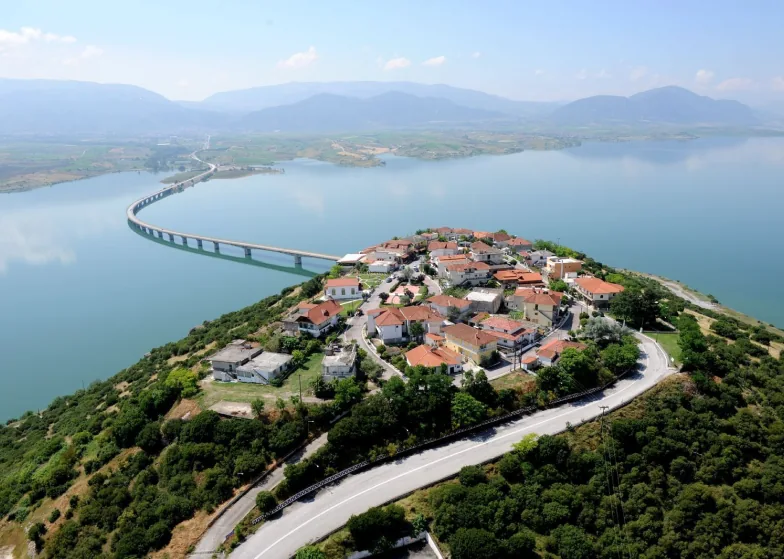
KOZANI, GREECE
Kozani, located in Western Macedonia, Greece, has operated a district heating system since 1993, serving nearly all residents during winter. Powered by three lignite-fired thermal CHP units and supported by thermal storage tanks, the city aims to decarbonise by closing lignite units and transitioning to cleaner energy sources. Leveraging insights from USES4HEAT, the plan includes implementing TES solutions and tapping into solar, heat pumps, and waste heat, aligning with EU decarbonisation goals.
